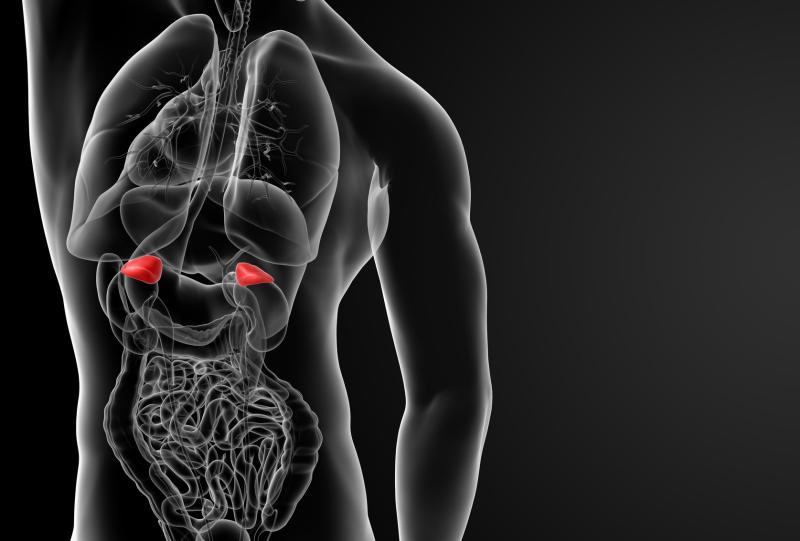
Patients with adrenal incidentalomas and autonomous cortisol secretion (ACS) appear to have a higher risk of atrial fibrillation (AF), a study has shown.
“Electrocardiogram monitoring may be recommended during follow-up,” the authors said.
A total of 632 patients evaluated between 1990 and 2018 for adrenal incidentalomas, without pheochromocytoma, primary aldosteronism, Cushing syndrome, congenital adrenal hyperplasia, and adrenal malignancy, at a university hospital were included in this retrospective study.
Nonsecreting tumours (NST; n=420) and ACS (n=212) were defined as cortisol after 1-mg dexamethasone suppression test <50 or >50 nmol/L, respectively. The authors assessed AF at baseline (n=632) and during a median follow-up of 7.7 years retrospectively (NST, n=249; ACS, n=108), and compared this with the general population.
AF prevalence was higher in patients with ACS (8.5 percent) than those with NST (3.1 percent; p=0.003) and the general population (1.7 percent; p<0.001 vs ACS; p=0.034 vs NST). The age-adjusted rate ratio to the general population was 1.0 and 2.6 for NST and ACS, respectively.
AF correlated with ACS (odds ratio, 2.40, 95 percent confidence interval [CI], 1.07–5.39; p=0.035). A higher proportion of patients with AF at last evaluation was observed with ACS compared with NST (20.0 percent vs 11.9 percent; p=0.026).
Furthermore, the risk of incident AF was higher in ACS than NST (hazard ratio [HR], 2.95, 95 percent CI, 1.27–6.86; p=0.012), which correlated with postdexamethasone cortisol (HR, 1.15, 95 percent CI, 1.07–1.24; p<0.001), independently of known contributing factors.
“Chronic glucocorticoids excess leads to morphological and functional cardiac alterations, a substrate for arrhythmias,” the authors said. “ACS in adrenal incidentalomas is a model of chronic endogenous hypercortisolism.”